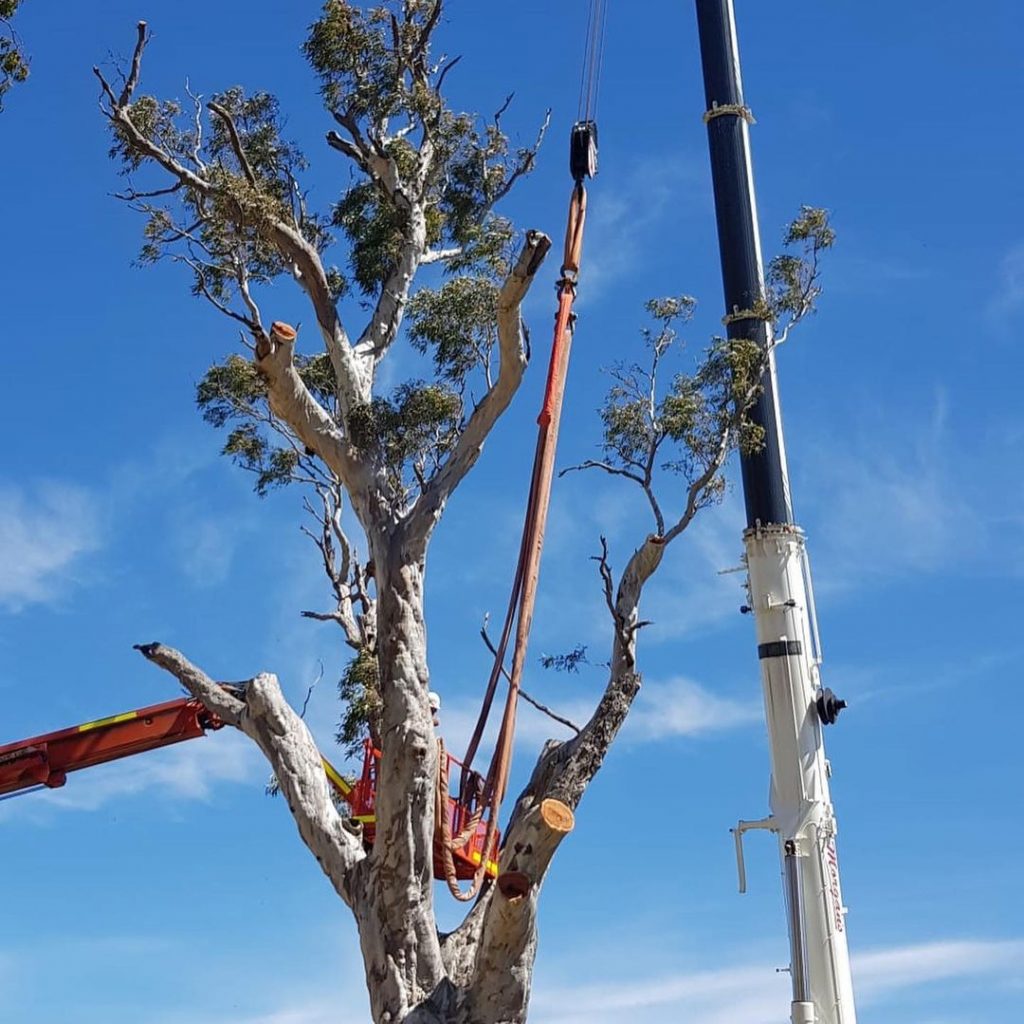All Categories
Featured
The elimination of trees can produce open spaces that are prone to weed intrusion. When trees exist, their thick covers frequently color the ground, limiting the quantity of sunlight that reaches the dirt. After the removal of trees, these open areas obtain increased sunlight, providing suitable conditions for weed growth.

They may suggest the usage of mulch, which acts as a protective obstacle on the dirt surface area, protecting against weed seeds from sprouting and suppressing weed development.

The presence of trees fosters a rich and varied community of dirt microorganisms. Tree origins offer a resource of raw material, exudates, and nutrients that support the development and task of helpful soil microorganisms. When trees are gotten rid of, the lack of their roots can disrupt the fragile balance of the soil's microbial ecosystem.
What Is Full Service Wollongong City Council Tree Removal?
This change in pH can impact nutrition accessibility, microbial task, and total soil wellness. To attend to the effects of tree cutting on soil pH, tree removal specialists can offer important recommendations. They might suggest dirt testing to examine the existing pH levels and determine the essential modifications. Based upon the results, professionals can suggest pH adjustment techniques, such as including lime to elevate dirt pH or incorporating elemental sulfur to decrease it.

It describes the compression of soil fragments, causing decreased pore space and enhanced dirt density. This compaction can negatively affect the soil's capacity to operate optimally, impacting its water-holding capability, nutrition availability, and root infiltration. Appropriate techniques utilized by tree elimination professionals can help lessen compaction and preserve the dirt's capability to keep water, and enable adequate air movement and cautious devices handling.
Latest Posts
What Is The Best Palm Tree Removal Wollongong App?
Who Has The Best Arborist Wollongong?
How Do I Find A Tree Removal Wollongong Area Service?